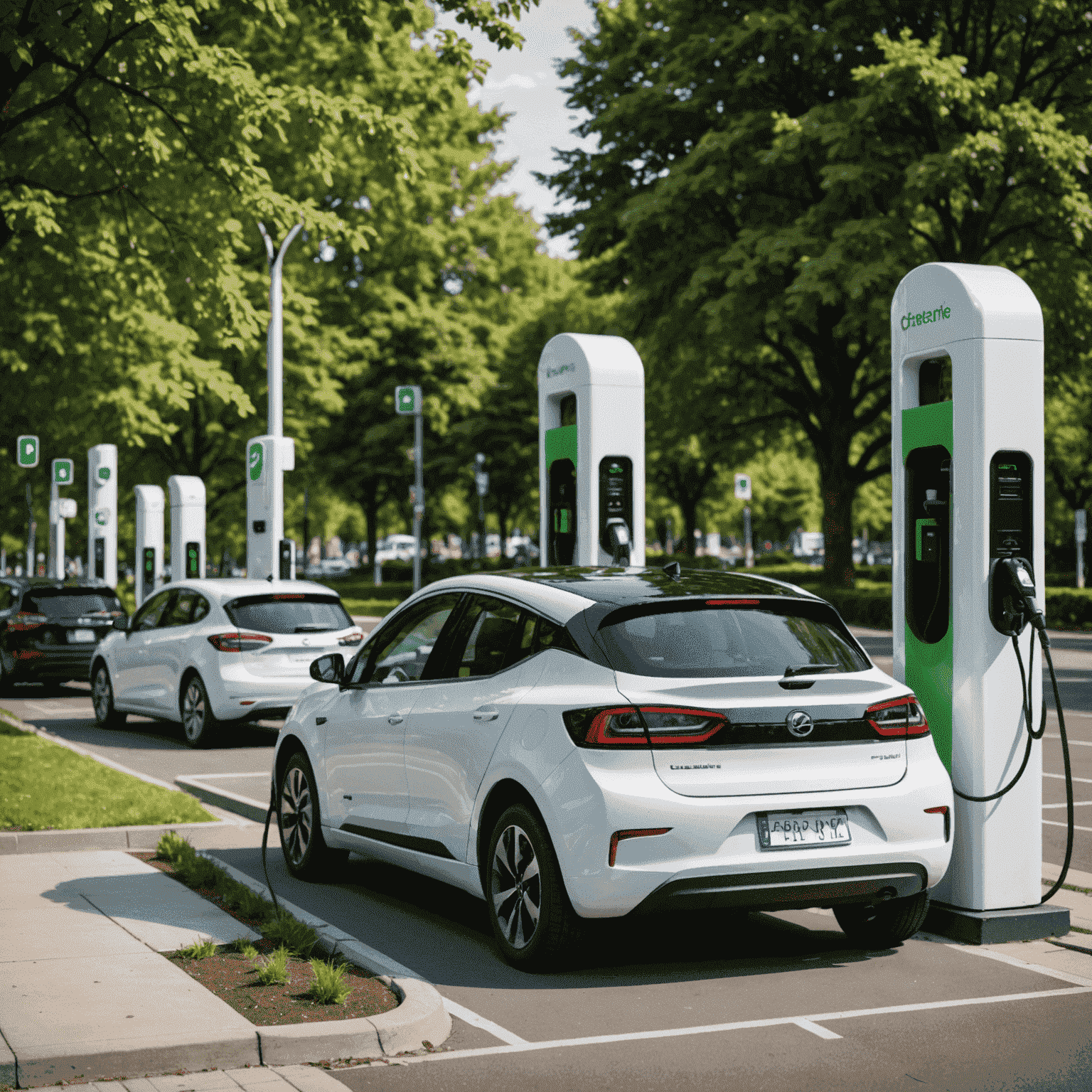Sustainable Transportation: Investing in the Future of Mobility

Public investments are playing a crucial role in shaping the future of sustainable transportation. As cities around the world grapple with the challenges of climate change and urban congestion, governments are increasingly turning to innovative solutions to create more efficient, environmentally friendly, and accessible mobility systems.
Electric Vehicles: Charging Ahead
One of the most significant areas of public investment in sustainable transportation is the promotion of electric vehicles (EVs). Governments are allocating substantial funds to:
- Develop charging infrastructure networks
- Offer incentives for EV purchases
- Support research and development in battery technology
These investments are not only reducing carbon emissions but also stimulating economic growth in the green technology sector.

Bike-Sharing Programs: Pedaling Towards Sustainability
Public investments in bike-sharing programs have gained momentum in recent years. These initiatives offer numerous benefits:
- Reduced traffic congestion
- Improved air quality
- Enhanced public health through increased physical activity
Cities are investing in extensive networks of bike lanes, secure parking facilities, and user-friendly rental systems to make cycling a viable and attractive transportation option for residents and visitors alike.
Sustainable Public Transit Systems: Moving Masses Efficiently
Perhaps the most impactful area of public investment is in sustainable public transit systems. These investments encompass:
- Electrification of bus fleets
- Expansion of light rail and metro systems
- Implementation of smart traffic management technologies
By prioritizing public transit, cities can significantly reduce their carbon footprint while improving mobility for all residents, regardless of income level or car ownership status.

The Road Ahead: Challenges and Opportunities
While public investments in sustainable transportation are promising, challenges remain. These include:
- High initial costs of infrastructure development
- The need for public-private partnerships to accelerate innovation
- Ensuring equitable access to new transportation options
However, the long-term benefits of these investments far outweigh the challenges. By committing to sustainable transportation, governments are not only addressing environmental concerns but also creating more livable, efficient, and economically vibrant cities.
Conclusion
Public investments in electric vehicles, bike-sharing programs, and sustainable public transit systems are paving the way for a greener, more mobile future. As these initiatives continue to evolve and expand, they will play a crucial role in shaping urban landscapes, improving quality of life, and combating climate change. The journey towards fully sustainable transportation is long, but with continued public support and investment, it is a destination within reach.